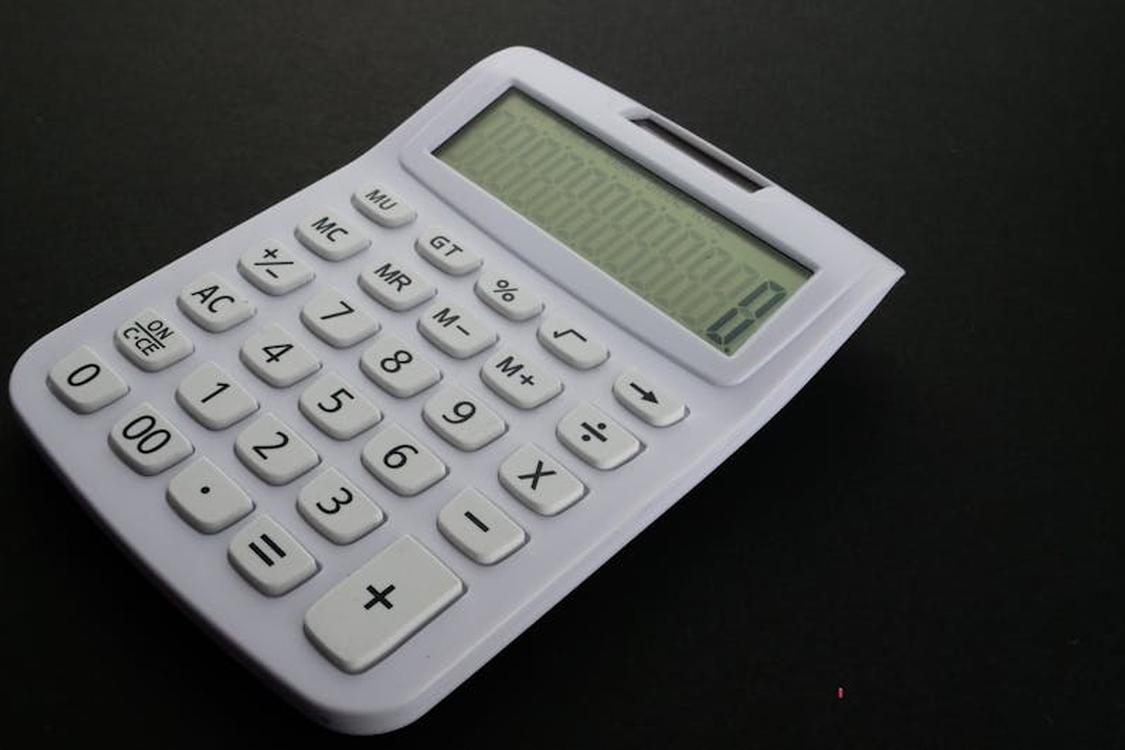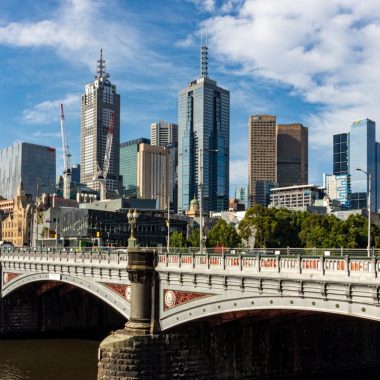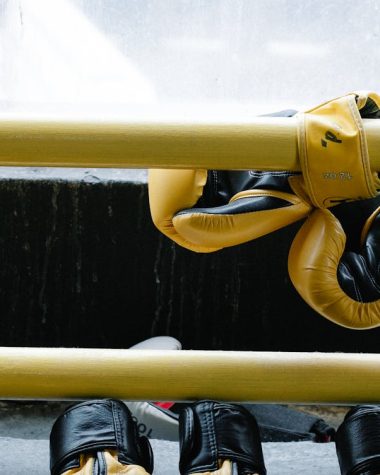A damp carpet serves as a breeding ground for mildew and other microorganisms. This leads to unpleasant odors and an unhygienic living space. Luckily, you can prevent this by drying your carpets after a professional cleaning.
Several factors influence the time it takes for your carpet to dry after cleaning. For example, temperature and humidity affect the speed at which moisture is able to evaporate from your carpeting.
1. Remove Excess Water
When a small puddle of water sits for an extended period of time, it can cause major problems in the home. The carpet fibers can be pulled from the base and mold can begin to grow. This can affect everyone in the household and lead to health issues. To prevent these serious consequences, it’s important to follow the right steps to dry a wet carpet as quickly as possible.
The first thing to do is to vacuum the carpet and remove as much water as possible. This is best done using a shop vac or wet/dry vacuum. Then, soak up the remaining water by spreading microfiber towels across the carpet. Replace the towels as they become saturated and use fans to help circulate the air.
Another helpful tip is to sprinkle the carpet with bicarbonate of soda and to measure carpet drying time. This will help absorb any extra moisture deep into the carpet fibers and it will also eliminate bad odors. Just be sure to only use this method after soaking up the excess water, as it’s not ideal for removing the carpet completely.
Opening the windows and doors in a home can also greatly speed up the drying process of wet carpet. Additionally, using fans and dehumidifiers can drastically reduce the overall humidity in a room. This will allow the carpet to dry more quickly by allowing the water to evaporate more easily.
In high-humidity environments, professionals often utilize dehumidifiers to expedite the drying process. This helps the carpet to dry faster and minimizes damage from mold and mildew.
It’s also essential to remember that groundwater is different from other sources of water because it typically contains a higher level of contamination. For this reason, it’s recommended to consult with a professional water damage restoration company in these situations. They will be able to advise you on the best course of action depending on the type of water that’s invading your home and the amount of work required to restore it.
2. Set the Thermostat to 70°F
When wet carpets retain moisture, they can quickly become breeding grounds for microorganisms such as mold and mildew. This isn’t only unsightly, but also poses serious health risks. In fact, according to the American Academy of Dermatology, mold can cause allergies and asthma. In addition, wet carpets may trap odors, which can linger in the air and be difficult to eliminate.
As a result, it’s important to minimize the amount of time your carpet is damp following a professional cleaning. While this may be challenging, there are a few simple hacks that can help speed up the drying process.
The type of carpet and environmental conditions play a significant role in how long it takes to dry. For instance, plush, natural fibers such as wool tend to retain more moisture and take longer to dry compared to low, densely packed looped synthetic carpeting like polyester or nylon.
Additionally, the cleaning method you use can also impact drying times. High-moisture techniques such as steam cleaning can take up to 24 hours for carpet to fully dry, while low-moisture methods such as dry cleaning or encapsulation cleaning often take just an hour or less.
Humidity and temperature are other key factors in carpet drying times. Higher humidity levels and cool temperatures can extend the drying process, while warm, dry conditions can speed it up. Finally, good ventilation can also help reduce drying time. Opening windows and turning on ceiling fans to keep air circulating can significantly improve the carpet drying process.
Lastly, it’s important to avoid walking on the carpet while it is wet. This can crush or flatten the fibers and leave traces of wetness that may remain even after the carpet is fully dry. If you must walk on a wet carpet, it’s best to do so barefoot and avoid heavy furniture that might stain or mark the carpet. Once the carpet is completely dry, you can resume regular foot traffic.
3. Use Fans

A wet carpet that dries out quickly will not only be more comfortable to walk on, but it will also last longer and keep you healthier by reducing the risk of mold and mildew. To speed up the drying process, you can use several simple methods that include opening windows to create air flow and using fans. Towels made out of absorbent materials are also helpful in absorbing water and encouraging the carpet to dry.
The best way to improve the drying time of a carpet is to increase airflow and promote evaporation. Open any windows in the home or office that are able to be opened, and position floor or ceiling fans near damp areas of the carpet. Using your furnace’s summer fan (not the heat) is another great way to improve air circulation and encourage drying.
If possible, place a dehumidifier in the area that will be used after the carpet is dried. The dehumidifier will actively remove moisture from the air in the room, which will accelerate the drying process.
It’s a good idea to move any furniture or area rugs away from the wet carpet. This will help to prevent dye transfer from the rugs to the carpet fibers and speed up the drying process. If possible, raise the rugs and put fans underneath to blow air between them and speed up the drying process.
If you are unable to move rugs and furniture out of the room, consider placing a dehumidifier in the room, and opening the windows to allow fresh air to enter and help with the evaporation of the excess moisture. A shop vac will also help to extract any remaining water from the carpet, and can be especially helpful when cleaning large areas of a room that have been flooded by rain or other unexpected sources of water. This method can be particularly effective if the flooding occurred in areas with high humidity levels. In these cases, you may need to leave a dehumidifier in the space for up to 24 hours. Then, once the carpet and pad are fully dry, you can replace any rugs or furniture that have been moved.
4. Dehumidify the Area
If you’re not in the mood to buy an expensive air mover, just make sure the carpet is getting plenty of airflow. Ceiling fans are ideal, but even a stand or box fan will help the drying process by circulating air over the carpet. If the weather permits, opening windows can create cross-ventilation to further enhance airflow. And in hot and dry weather, letting sunlight into the home can also speed up drying times by warming the carpet fibers.
Dehumidifiers remove moisture from the air, which speeds up the evaporation of water on the carpet. They’re particularly effective in high humidity environments.
Another way to get the most out of a dehumidifier is to use it in conjunction with an air conditioner. Because an air conditioner cools the room and a dehumidifier removes moisture from the air, they’re a natural pairing. The combination of an air conditioner and a dehumidifier can drastically cut drying time from days to just hours!
Finally, you can try spreading newspaper (or other similar material) overnight. It’s a cheap and easy way to absorb excess moisture from the carpet and can be especially effective in areas with piling. However, be careful when removing newspapers as they can easily stain the carpet.
Moist carpet is not only a pain to deal with, but it can lead to mold and mildew growth, unpleasant odors, and damage. It’s important to avoid walking on the damp flooring until it is fully dry to protect your feet and the carpet fibers. And if you must walk on the carpet, keep the footwear to socks or slippers to limit contact with wet surfaces. By following these tips and hiring professional carpet cleaners to shampoo your carpet, you can cut drying time and enjoy a more luxurious, comfortable, and clean floor.








